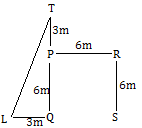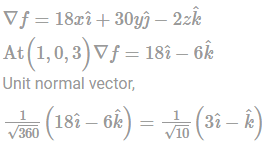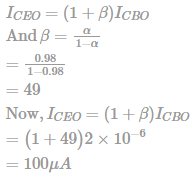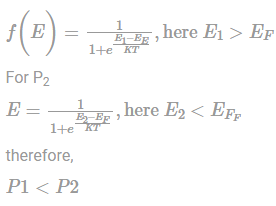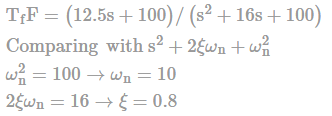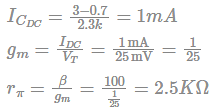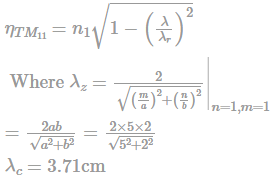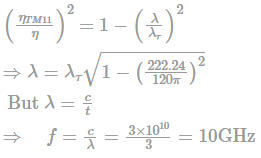Practice Test: Electronics Engineering (ECE)- 12 - Electronics and Communication Engineering (ECE) MCQ
30 Questions MCQ Test GATE ECE (Electronics) Mock Test Series 2025 - Practice Test: Electronics Engineering (ECE)- 12
Which of the following states the meaning of the idiom ‘Into the bargain’?
Direction: Find the correct relationship between the given quantities-
Quantity I: Let E be the set of all integers with 6 in their unit place. The probability that a number chosen from the set {10, 11, 12, ........59} is a member of E is?
Quantity II: A boy speaks truth in 70% of cases while another boy speaks truth in 65% cases. The probability that they will contradict each other on stating the same fact is?
A square metallic sheet of an area of 1296 square cm is used for making the toys. For taking the metallic sheet from that square – four equal sized of the circular plates have been cut –off. If a fencing with the Silver thread is required to make the base of toys, how many rolls of the thread is required, if a roll contains 30 cm of the thread only?
The wrong (misfit) number of the sequence 36, 81, 144, 225, 256, 441 is
Direction: Read the pie chart given below and answer the following questions-
The pie chart given shows the population of India in the 7 states considering there is no other states apart from these.
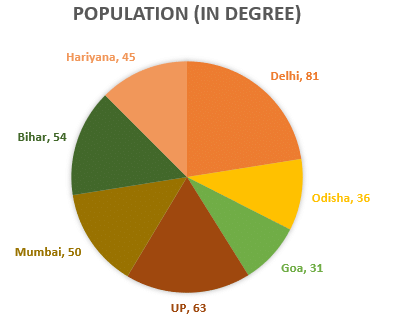
How much percent more is the population of UP than that of Odisha?
Direction: In the following question, choose the word opposite in meaning to the given word as your answer.
Drought
Direction: Study the information carefully and answer the questions given below.
P is standing north of Q at a distance of 6m. R is standing toward east of P at a distance of 6m. R is to the north of S and distance between them is 6m. P is facing north direction, R is facing east, S is facing North and Q is facing towards west direction. All of them walk straight for 3m.
What is the distance between the final position of P and Q?
In the following question, a statement has been given followed by two arguments numbered I and II. Based on the argument, you have to decide which of the following argument is strong and which is a weak argument.
Statement: Shiva trilogy written by Amish Tripathi is the best fiction book.
Arguments
I. Yes, None other fiction books have three parts.
II. No, the best fiction book is subjective and it always differs from person to person.
A year after the deadliest Ebola outbreak ever in Africa, the virus has resurfaced in Congo this time around. It is not clear yet how the first victim—a man who has since died—caught the virus. But this outbreak is not the first in Congo; the country has suffered seven prior epidemics of the virus since 1976.
Which of the following is a conclusion that can be drawn from the above paragraph?
Direction: Following bar graphs shows time taken by different pipes to fill that particular percentage of tank which is described in tabular data. For Ex- Pipe 1 fills the 10 % of tank in 6 mins.
Now, read the following data and answer the question carefully:


A Tank has three pipes; two of them are used to fil the tank while another one used to empty the tank namely: pipe 3, pipe 5 to fill the tank and a new third pipe for making the tank empty. When all three pipes are open, 7/18th part of the tank is filled in 1 hours. What is the ratio of the efficiency of Pipe-3: Pipe 5: all three pipes working together.
Find the unit normal vector of the cone of revolution z2 = 9x2 + 15y2 at a point (1,0,3)
Minimum of real value function f(x) = (x−1)2/5 occurs at x equal to
The transfer function of a system is 10/(s2 + 2s + 10). Find the nature of the given system.
In a transistor circuit , ICO = ICBO = 2μA , also it is given that α = 0.98
Then the value of ICEO is _______(μA).
There are two energy levels E1 and E2. E1 is E eV above the fermi level and E2 is E eV below the fermi level.
P1 = the probability of E1 being occupied by an electron.
P2 = the probability of E2 being empty.
Then, which of the following is correct?
Match List I (Regions of Bipolar Transistor in a Monolithic IC) with list II (Physical Properties)
List I
a) Emitter
b) Base
c) Collector
d) Substrate
List II
(1) Moderate resistivity
(2) Very high resistivity
(3) Large size
(4) Very high Conductivity
Select the correct answers from the following.
Consider the circuit shown in the figure below
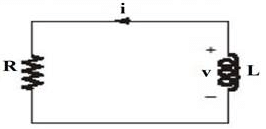
v(t) = 80e−1000tV ;t>0
i(t) = 5e−1000tmA ;t>0
the energy dissipated (in μ) by the resistor for 0 < t="" />< 0.6="" ms="" will="" be="" />
A practical voltage source consists of:
While analysing a two-port network, which of the following parameters are obtained when one-port variables are expressed in terms of the other port variables?
Consider the following sentences regarding a periodic signal
a) A periodic signal always repeats itself after minimum fundamental time period T.
b) A periodic signal is exist from -∞ to +∞ and converse is also true.
c) A periodic signal exist from -∞ to +∞.
Which of the following is/are correct option?
The impulse response of a second order under damped system starting from rest is given by
C(t) = 12.5e-8tcos 6t
What are the responsive value of natural frequency and damping ratio of the system?
If x(t) = δ(2t/3), what will be its amplitude at t = 0?
For the CE amplifier shown, calculate value of lower cutoff frequency FL (in Hz) due to C2
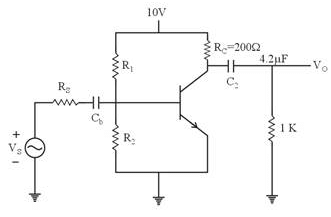
In the given figure, β = 100, the magnitude of voltage gain (V0/Vin) will be ___ (thermal voltage is 25mV)

Calculate the hysteresis width (in Volts) for an inverting Schmitt trigger with feedback fraction 0.5. Assume the supply voltage to be 10
For a given sample-and-hold circuit, if the value of the hold capacitor is increased, then
The amplitude of a random signal is uniformly distributed between -5 V and 5 V.
If the signal to quantization noise ratio required in uniformly quantizing the signal is 43.5 dB, the step size (in V) of the quantization is approximately
The Potential (scalar) distribution in free space is given as V = 10y4 + 20x3. if ε0 is permittivity of free space then the charge density ρ at the point (2,0) is
For a telephone line, β = 0.02rad/km. If frequency is 1 kHz. Calculate time taken to travel 3.14 km by the wave in
Consider an air-filled rectangular waveguide with inside dimensions 5 cm x 2cm. If the wave impedance is 222.24 Ω for TM11 mode of propagation. Then the operating frequency (in GHz)is given by
|
25 docs|263 tests
|



